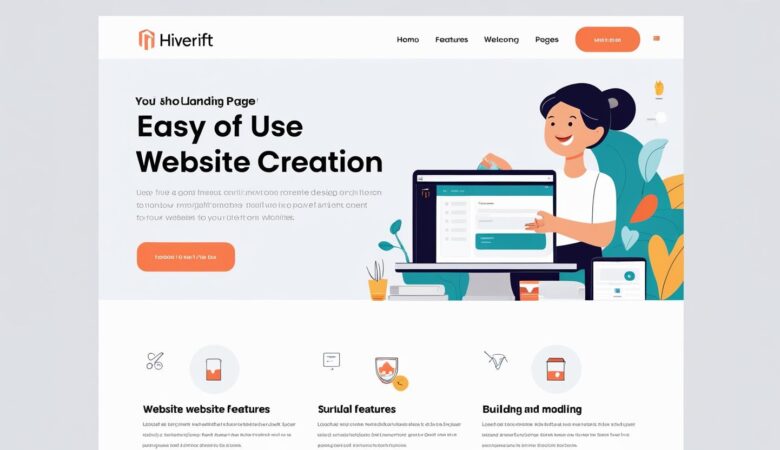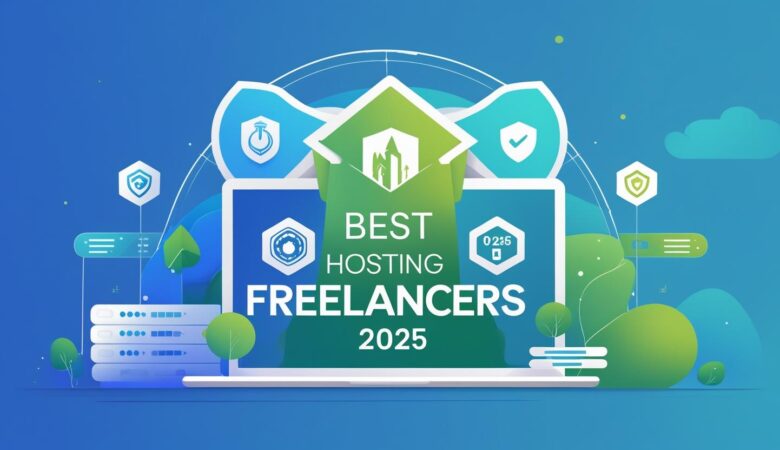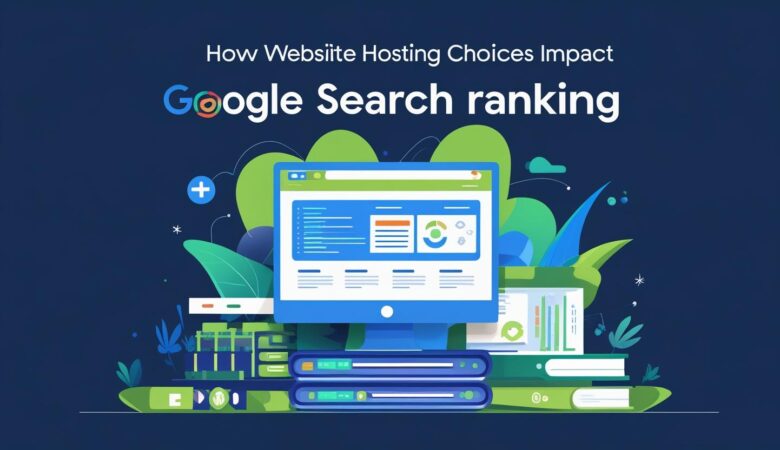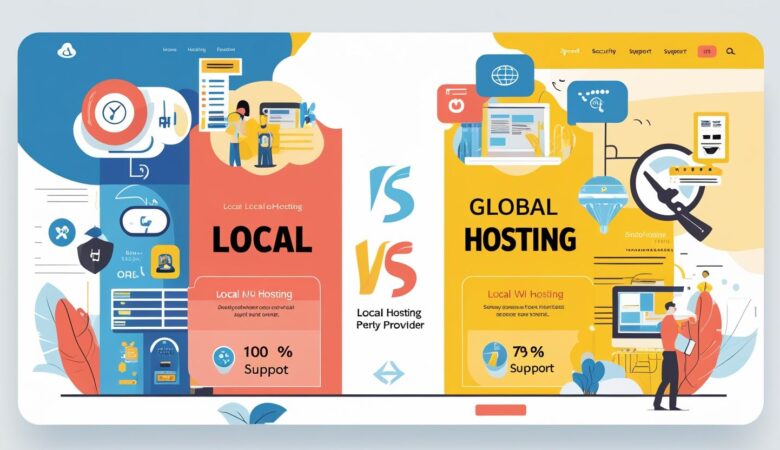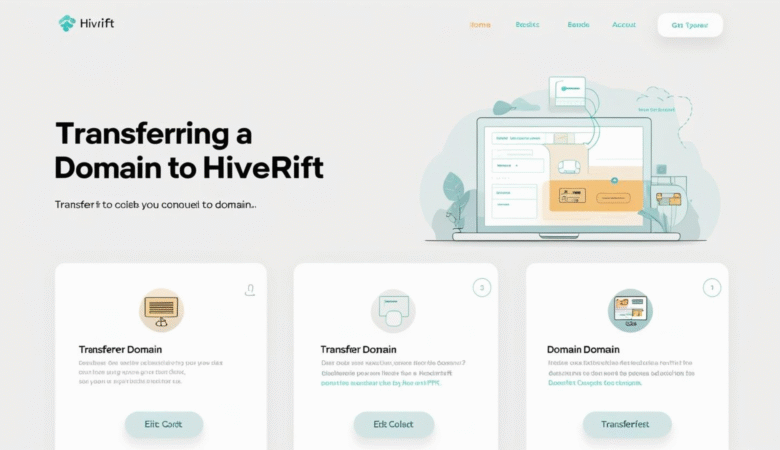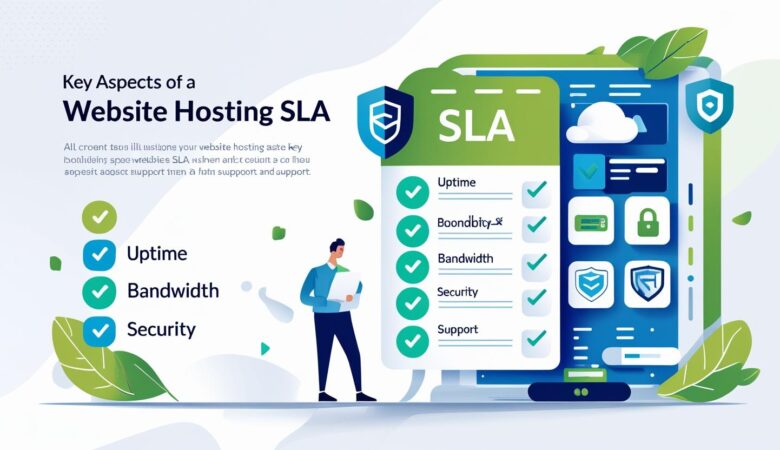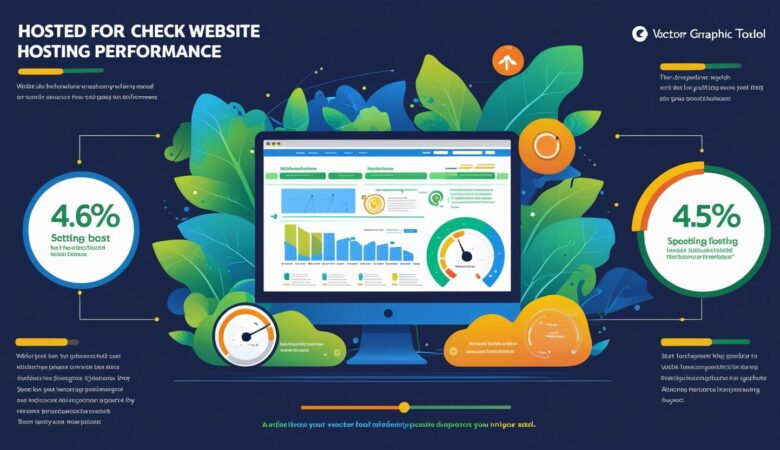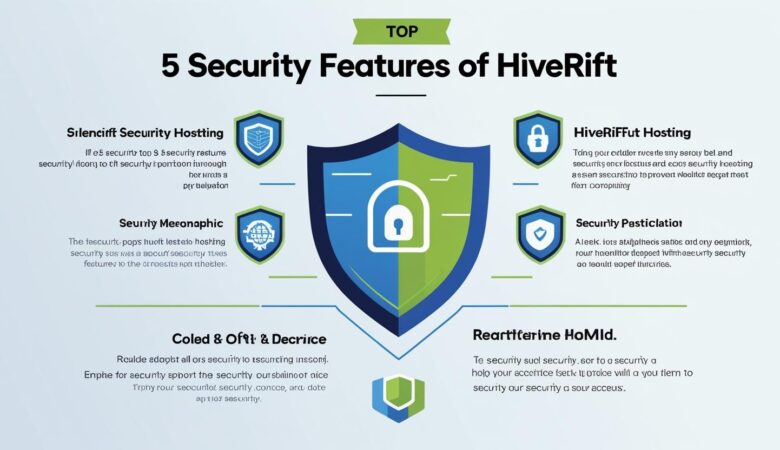How to Build a Landing Page Using HiveRift
July 17, 2025🚀 How to Build a Landing Page Using HiveRift Quick Guide to Creating High-Converting Landing Page in Minutes Landing pages are a powerful way to capture leads, promote offers, or validate a new idea. With HiveRift’s user-friendly hosting platform, creating a professional, fast-loading landing page is easier than ever—even with no coding experience. Here’s a complete step-by-step guide to building your first landing page on HiveRift. 🔧 Step 1: Choose Your Hosting Plan To get started, select a HiveRift hosting plan that fits your needs. For landing pages, we recommend: Basic Shared Hosting – perfect for one-page promos Managed WordPress Hosting – ideal if you prefer using templates or landing page plugins VPS or Reseller – great for agencies or marketers building pages for multiple clients ✅ All plans come with free SSL, fast SSD storage, and easy control panel access. 🌐 Step 2: Register a Domain (or Connect Yours) During signup, you can: Register a new domain name (e.g., yourproduct.com) Connect an existing domain you already own Use a temporary HiveRift subdomain for testing Domain setup is fully automated and DNS is pre-configured for instant use. ⚙️ Step 3: Install a Page Builder (No Coding Needed) Use HiveRift’s 1-Click Installer from the control panel to launch: WordPress + Elementor or SeedProd Landing Page SaaS tools like Instapage (via custom upload) Or upload your custom HTML/CSS files via File Manager or FTP 💡 Want simplicity? Try our pre-installed HiveRift Starter Templates—launch in under 5 minutes. ✍️ Step 4: Design Your Landing Page Customize your landing page with: A compelling headline High-converting call-to-action buttons Lead forms (integrated with Mailchimp, ConvertKit, etc.) Trust elements like reviews or logos Mobile responsiveness (important for SEO!) Use HiveRift’s drag-and-drop page builder or install a lightweight theme for faster performance. 🔒 Step 5: Add Security, Speed & SEO HiveRift hosting automatically gives you: ✅ Free SSL (HTTPS) ✅ CDN integration for global speed ✅ GZIP & caching for performance ✅ SEO tools via WordPress plugins like Rank Math or Yoast Make sure your landing page loads in under 2 seconds for best results. 🧪 Step 6: Test & Launch Before going live: Check mobile responsiveness Test your lead forms and email integrations Run a page speed test with Google PageSpeed or GTmetrix Set up Google Analytics + Facebook Pixel (optional but recommended) Once ready, hit publish and start driving traffic! 📈 Bonus: A/B Testing with HiveRift HiveRift supports tools that help with conversion optimization. Easily connect: Google Optimize (for A/B testing) Hotjar or Microsoft Clarity (for heatmaps) Popup and form plugins for dynamic lead capture ✅ Conclusion: Build Better Landing Pages with HiveRift HiveRift offers everything you need to build, host, and optimize landing pages—from lightning-fast infrastructure to tools that convert. Whether you’re launching a product, running a campaign, or just testing an idea, HiveRift simplifies the process end-to-end.
